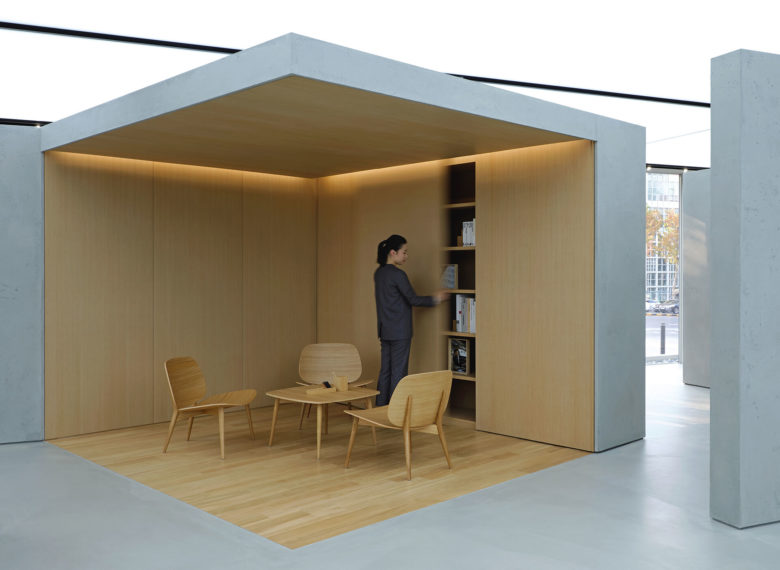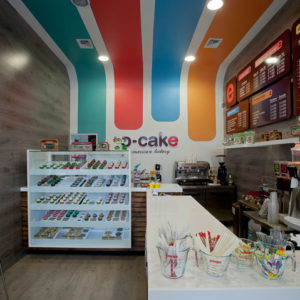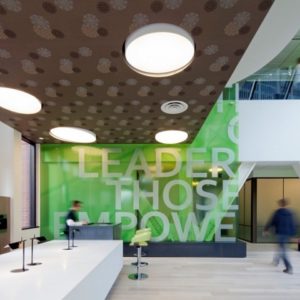

AMO (OMA’s research and design studio) and Hyundai presented Genesis Gangnam, a store and exhibition space featuring a curated selection of cars and a subdued take on spatial discovery. Genesis Gangnam challenges the traditional sales floor, which responds to ever-changing consumer demands with a configuration that includes as many models as possible.
In Seoul, cars placed seductively against a neutral concrete backdrop appear throughout the meandering setting. Eight ‘programme boxes’ – intimate monochrome units without brand marketing or displays – invite visitors to chat with consultants, for example, or to simply take a break. As most buyers have already chosen models via digital platforms, the Seoul dealership’s advantage lies in its authentic analogue experience.
Chris van Duijn, partner and director of OMA Asia, put it like this: ‘We created an environment that tells more about the car and the Genesis brand than any logo, poster or LED display could do. The space is dominated by the total absence of any traditional marketing tool: no clutter, no distraction.’ The curatorial approach to the interior’s organization supports the physicality of the product by eliminating an onslaught of branding visuals. Instead, brand identity is made palpable by the interaction between shopper and automobile.
This is not Hyundai’s first attempt to reformat the conventional showroom. In 2016, Suh Architects positioned cars at Motorstudio in Hanam against LED-panelled walls that formed a constantly changing canvas. The life-size landscapes were meant to attract car enthusiasts to a physical store for an immersive automotive experience.
Devoid of distraction, the new outlet in Seoul relies on a clever spatial design to give visitors a tangible tour of the latest in wheels.

















